Mona Hatoum: Tate Modern (until 21 August)
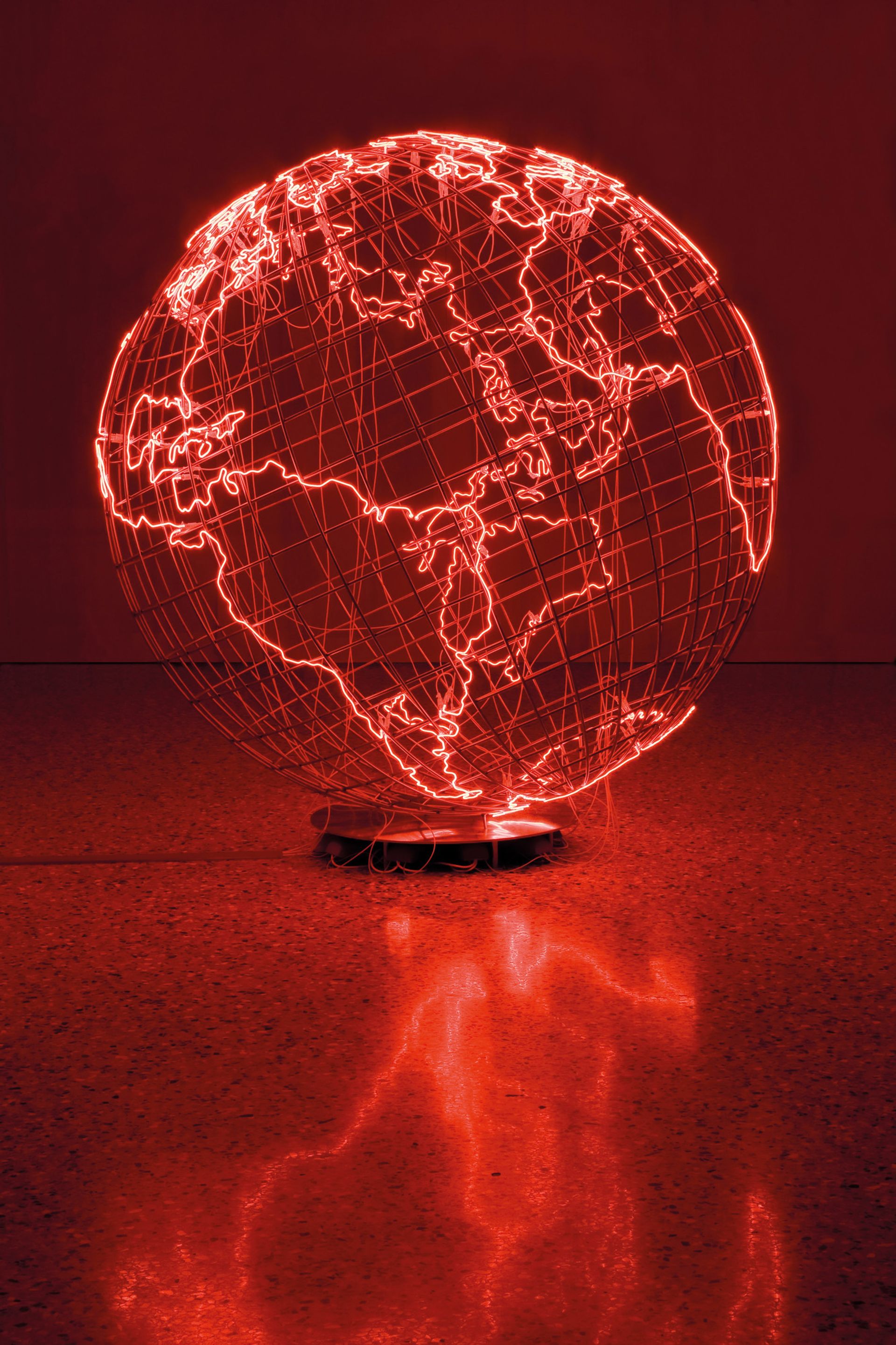
The first UK survey of Mona Hatoum confirms her very particular ability to inject an emotionally charged, politically conscious and often creepily physical subjectivity into the language of minimalism. Unfortunately, this can sometimes rely on one-hit first impressions and too obvious a use of reference and metaphor.
At its best her work translates the often excruciating ordeal of her early performances into multifarious sculptural forms. Hatoum has spent hours repeatedly slipping and falling over in a cube of clay, or walking barefoot through the streets of Brixton, dragging ankle-tied DMs. Nowhere is the trauma more evident than in her terrific 1994 Corps Étranger, which crushes the viewer around the inside edges of a cylindrical cubicle while playing at their feet a magnified endoscopic film of the artist’s anatomy—internal, external, intimate yet also utterly alien. Here, in this most personal yet also anonymous self-portrait, it is unclear who is the foreign body, the artist or the interloping viewer. It is worth a visit to this show for his piece alone.
Hatoum was born in Beirut to a Palestinian family and has lived in England since war broke out in Lebanon in 1975. Her other works, both personal and political, often seem to employ more obvious and familiar tactics to make their point and create an impact. A common household grater becomes an unheimlich perforated barrier when blown up to a monumental scale and titled Grater Divide just to hammer the message home. There is also little left to the imagination in the seat of a chair that sprouts a triangle of (real) pubic hair in a laboured tribute to René Magritte. Similarly, the contours of countries across an entire globe are rendered in a fiery outline of red neon, just to remind us—in case we didn't already know—that today the whole world is a hot spot.
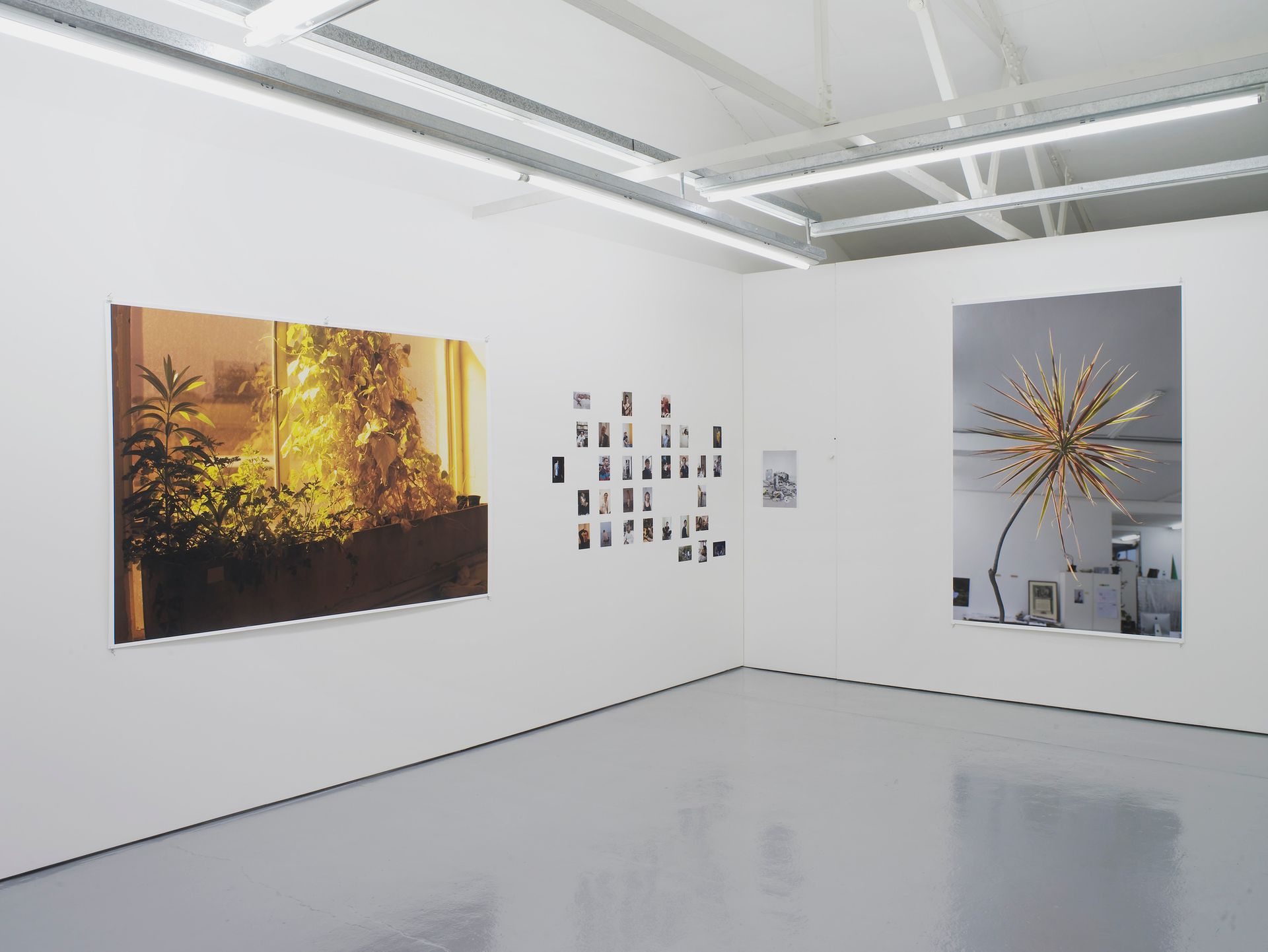
Wolfgang Tillmans, Maureen Paley (until 31 July)
I visited this show in happier, albeit uncertain, times when many of these images were framed within the context of Tillmans’s passionate pro-Remain campaign. Now, after the bleakest of black Fridays, it is impossible not to see his images—whether of glowingly lit interiors viewed from outside, fragile plants on the cusp of decay or even human blood flowing in tubes outside of the body—in an elegiac and metaphoric light.
The knowingly playful title of The State We’re In has a more ominous reading now. It’s a large black and white print of the swelling, rippling open waters of the Atlantic, where apparently man-made timelines and borders converge.
From the very beginning, much of Tillmans’ work has been about the permeability of boundaries: public and private, fine art and commercial photography, abstract and figurative, formal and informal (in all senses). This open-ended generosity, spliced with a very particular discipline, seems all the more important to cherish right now. Another title—that of an installation of display cases filled with blank office paper called I refuse to be your enemy 2—also seems especially pertinent this week.
Susie Hamilton: in Atoms, Paul Stolper Gallery (until 9 July)
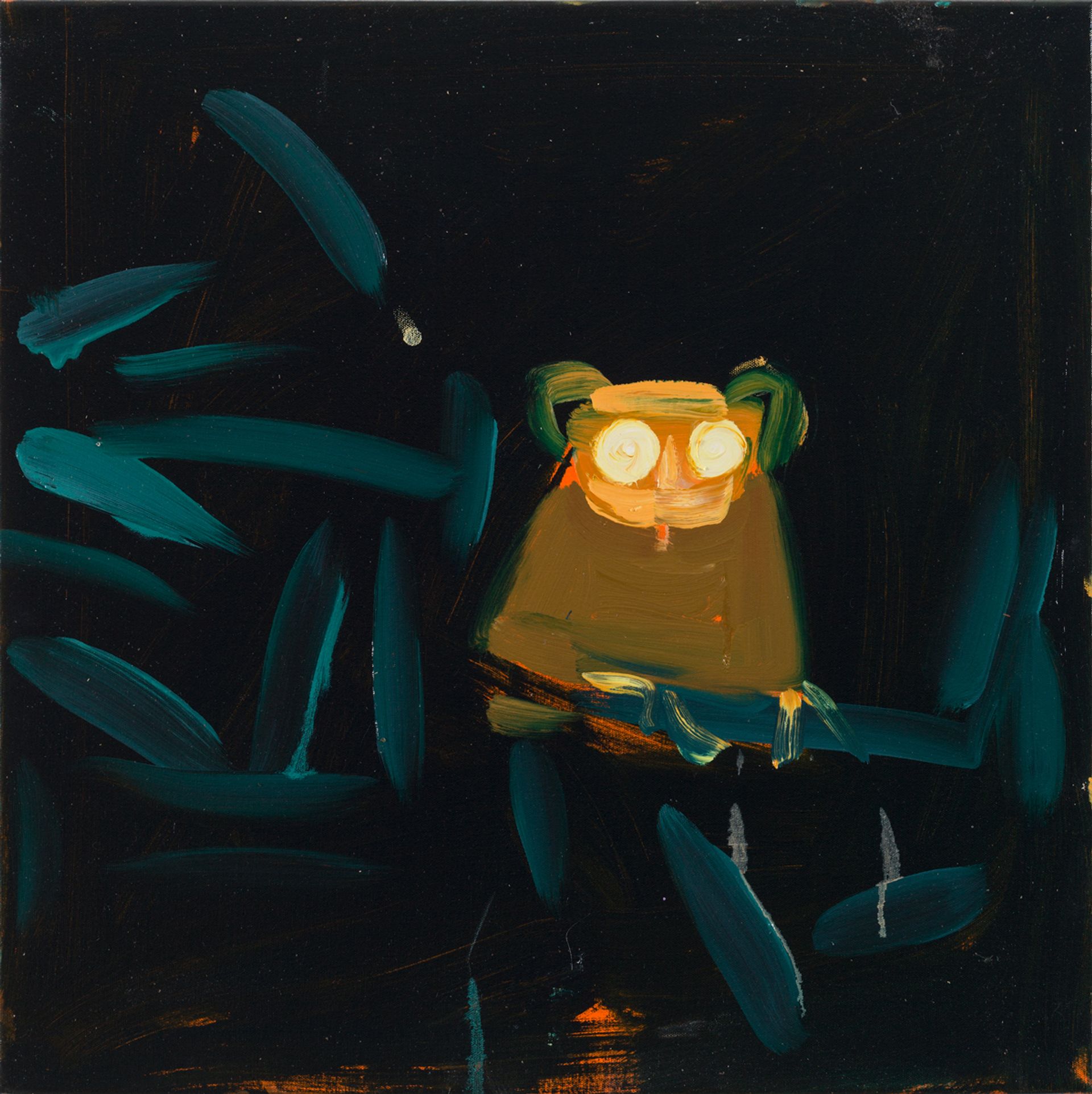
Susie Hamilton’s subject matter is wide and various. She does apes, cowboys, bush babies, bodies lolling on beaches, figures in Moroccan souks, a night-time petrol station. But throughout, the power of paint is harnessed with a powerful mix of looseness and precision.
This 20-year survey finds Hamilton unceasingly patrolling the boundaries of abstraction in order to say more with less. It also confirms her abiding love of both the sublime and the ridiculous, often conflating both in the same work. Her painterly skill ensures that a fleshy, huge-bosomed sunbather is reminiscent of Rubens rather than Beryl Cook; while a howling gibbon painted in 2003 is a dead ringer for Donald Trump.
Few painters have the ability or the inclination to make the light in their paintings assume so many roles: from positive to malign, symbolic and formal, atmospheric and psychological. In these vivid, liquid, suggestive works, order and flux are suspended in a delicate and dynamic balance, and everything and anything seems possible.
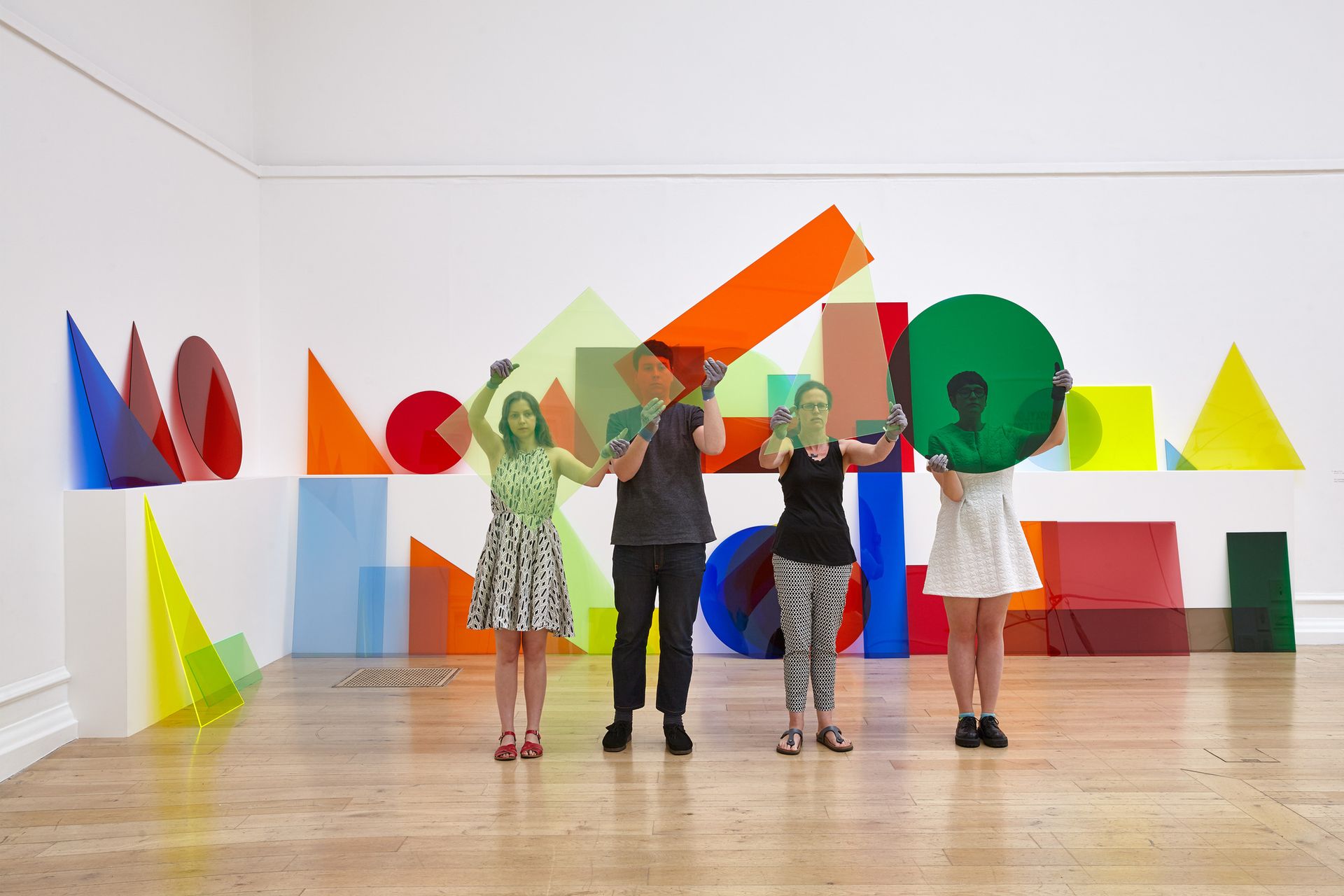
Under the Same Sun: Art from Latin America Today, South London Gallery, (until 4 September)
South London, has one of largest Latin American communities in Europe. An ambitious collaboration with the Guggenheim brings to this Rio on the Thames a wide and multigenerational range of approaches and aesthetics from more than 40 artists, with some work extending back to the 1970s but most made during the last decade.
Often inviting audience participation, the expansive but also tightly organised line-up teases out several other key themes, including how artists from South and Central America have played with and off Modernism and the strategies of Conceptualism. It also looks at the many ways in which art has been—and still is—used as a form of dissent and a means to explore and air post-colonial and socio-political issues. Javier Tellez’s 2005 film of a human cannonball—complete with passport—being fired across the contested Mexican/US border seems especially timely in the current climate on both sides of the Atlantic.
As well as offering the first public view of South London Gallery’s new—and to be refurbished—exhibition space in the former Peckham Road Fire Station, Under the Same Sun extends out of the gallery space and into the local neighbourhood. Don’t miss Federico Herrero’s transformation of a children’s playground into a vividly coloured asphalt floor mural that is both beautiful and functional.
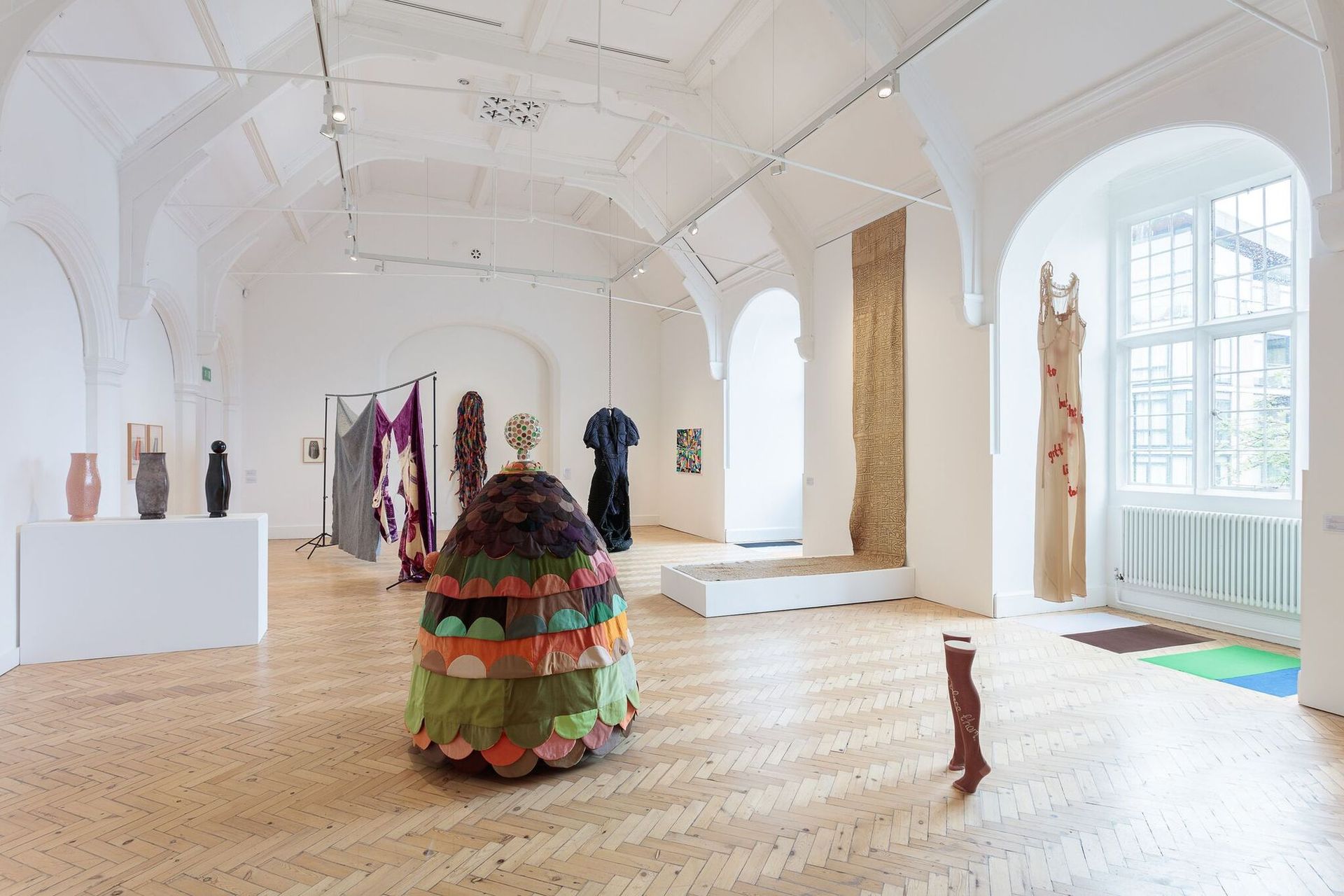
Making and Unmaking: an Exhibition Curated by Duro Olowu, Camden Arts Centre (until 18 September)
Duro Olowu is the first designer to participate in Camden Arts Centre’s annual series of artist-curated exhibitions. He brings to its galleries the same exuberant but highly considered eclecticism that makes his clothes popular with a clientele spanning Michelle Obama and Beyoncé, and his art and object-filled shop such a stimulating joy to visit.
For this is a designer as interested in ideas as he is in aesthetics. Olowu has always been obsessed with the meaning and purpose of clothes “from the Baroque to Yoruba to haute couture”. Although fabric and textiles form the ostensible starting point for this wonderfully rich and diverse show, it is about a great deal more. Along with an evident revelling in form, colour and sheer gorgeousness, issues surrounding portraiture, gender, race and sexuality also run through this parade of photographs, ceramics, paintings, jewellery and sculpture.
There’s also an abiding concern with the artist’s process. That can be the Surrealist self-portraitist Claude Cahun donning many disquieting disguises in which to photograph herself, or the rigorous woven tapestries of Bauhaus pioneer Anni Albers. Or it can even be the contemporary painter Lynette Yiadom-Boakye’s striking but fictitious reclining men created, in her words, by “a sort of making and unmaking of the work”. It is this phrase that Olowu has aptly adopted for the title of an exhibition that also refuses any neat boundaries or categorisation.


